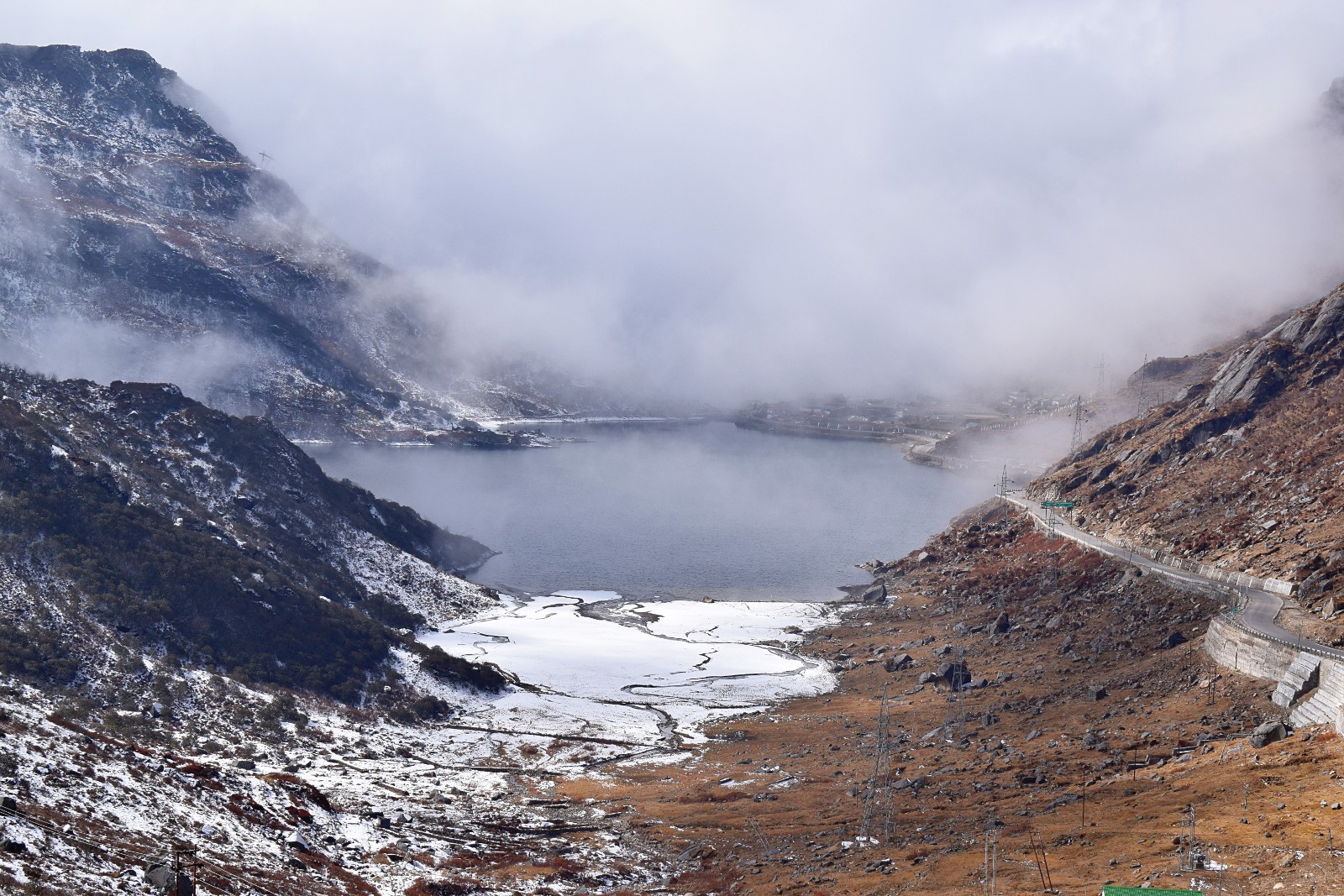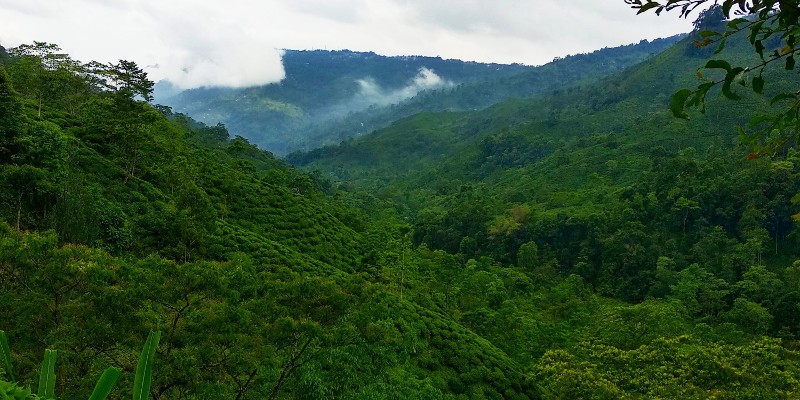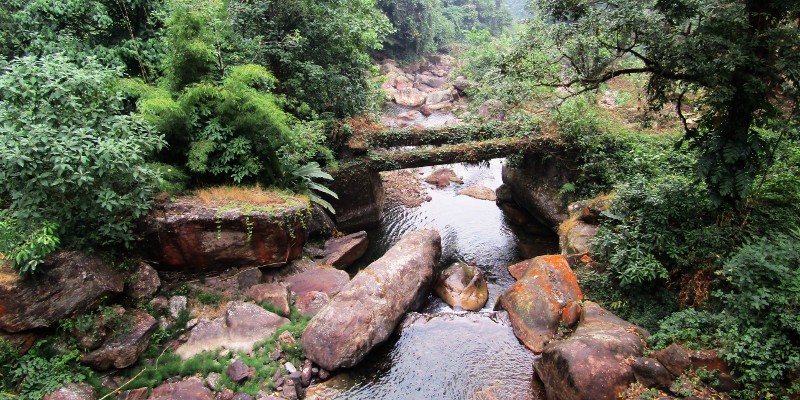



Darjeeling-Sikkim Himalaya is an integral part of Eastern Himalaya and lies within the Himalaya Biodiversity Hotspot. The region is known for its cultural, ethnic and biological diversity. These mountains provide benefits to people living in the mountains and plains-fodder, fuelwood, timber, food, fiber and medicinal plants; these mountains are sources of water in rivers flowing out to the plains; the forests here help to pollinate many crops and plants, they purify the water and regulate diseases and act as barriers for landslides and soil erosion. These mountains also inspire spirituality and it is for their aesthetic value that many tourists visit and thus benefit the local communities. Many communities in the mountains have a strong religious and cultural linkages to the forests and lakes of the mountains while many seek to visit for educational purposes.
The landscapes that the project focuses on are the agriculture-forest fringes. These are important for the wellbeing of the population of Darjeeling-Sikkim Himalaya. These areas are a mix of natural (forest, lakes, plant and animal species) and social systems (villages, agriculture, livestock, people) and are known as – 'socio-ecological systems. These landscapes usually form buffers around protected areas, and are zones of intense human-wildlife interactions. These areas have, not received research, conservation and management attention proportionate to their importance.
Biodiversity conservation in the Himalayan region has mainly focused on establishment of protected areas, forest reserves and conservation zones. However, agricultural landscapes cover a larger area than any protected area network. These human dominated landscapes have never been explored nor valued for biodiversity and ecosystems. Effective management of such landscapes will benefit agriculture productivity, overall sustainability and resilience to climate extremes, sustainable improvement in food and nutrition security, pollination and natural pest control. For achieving conservation goals within human-dominated landscapes, detailed understanding of the functioning of different agro-ecosystems and their appropriate management is necessary. Most importantly, communities who own, manage and transform these lands through their activities need to be made stewards for conserving biodiversity in these areas.
Darjeeling and Sikkim Himalaya, are experiencing rapid unplanned development. These include development of infrastructure (roads, built up areas, rural electrification) from Government and corporate supported schemes. Additionally, there are a large number of hydropower projects that have been built all across the landscape which has resulted in forest cover loss, soil erosion, loss of aquatic life, degradation of riverine ecosystems and loss of vital underground water sources. Use of chemical fertilisers that impact soil fertility and pesticides that contaminate the soil and water in the downstream areas and impact the insect and bird diversity are widely promoted and used in many parts of Darjeeling. With the promotion of cash crops, agriculture land is being converted to monocultures of economically valuable crops like kiwi, cardamom, broom grass, mandarin orange etc. thus impacting biodiversity. Urbanisation in Sikkim and Darjeeling particularly due to spreading sprawl and increase in peri-urban areas coupled with unsustainable consumption patterns are putting tremendous pressure on the environment and natural resources.